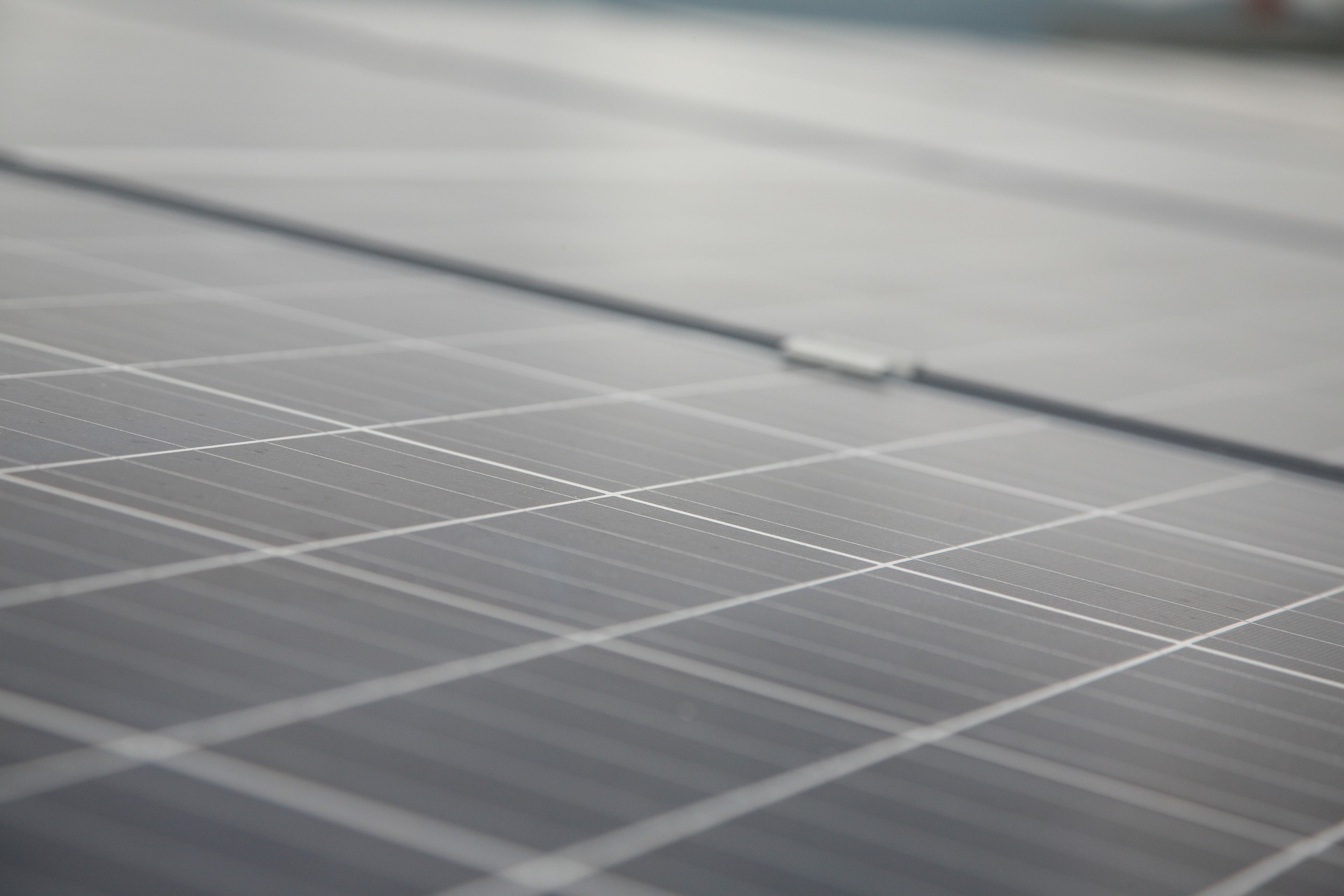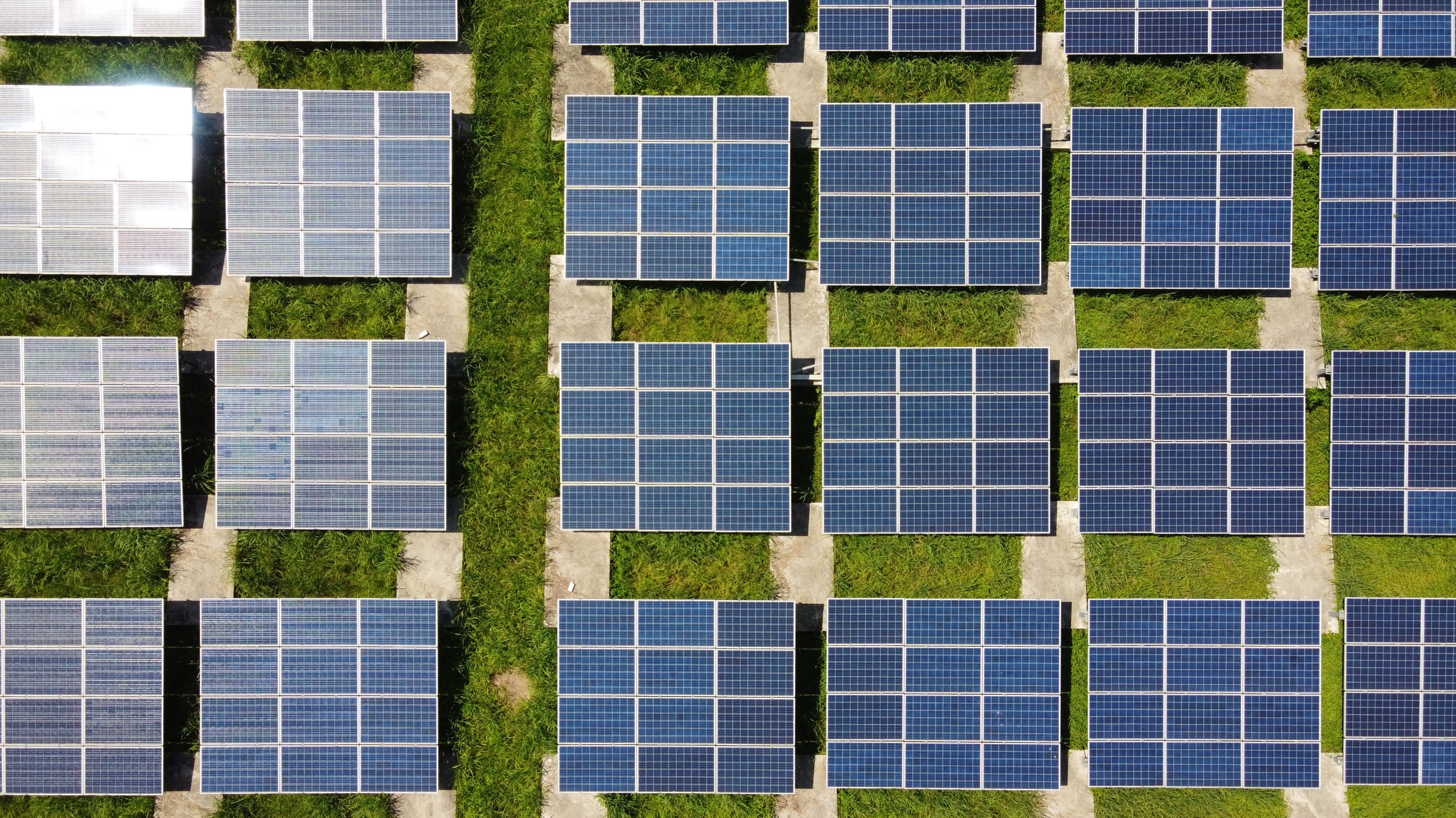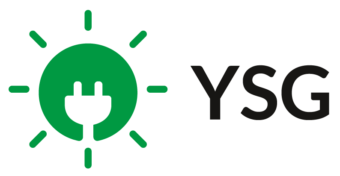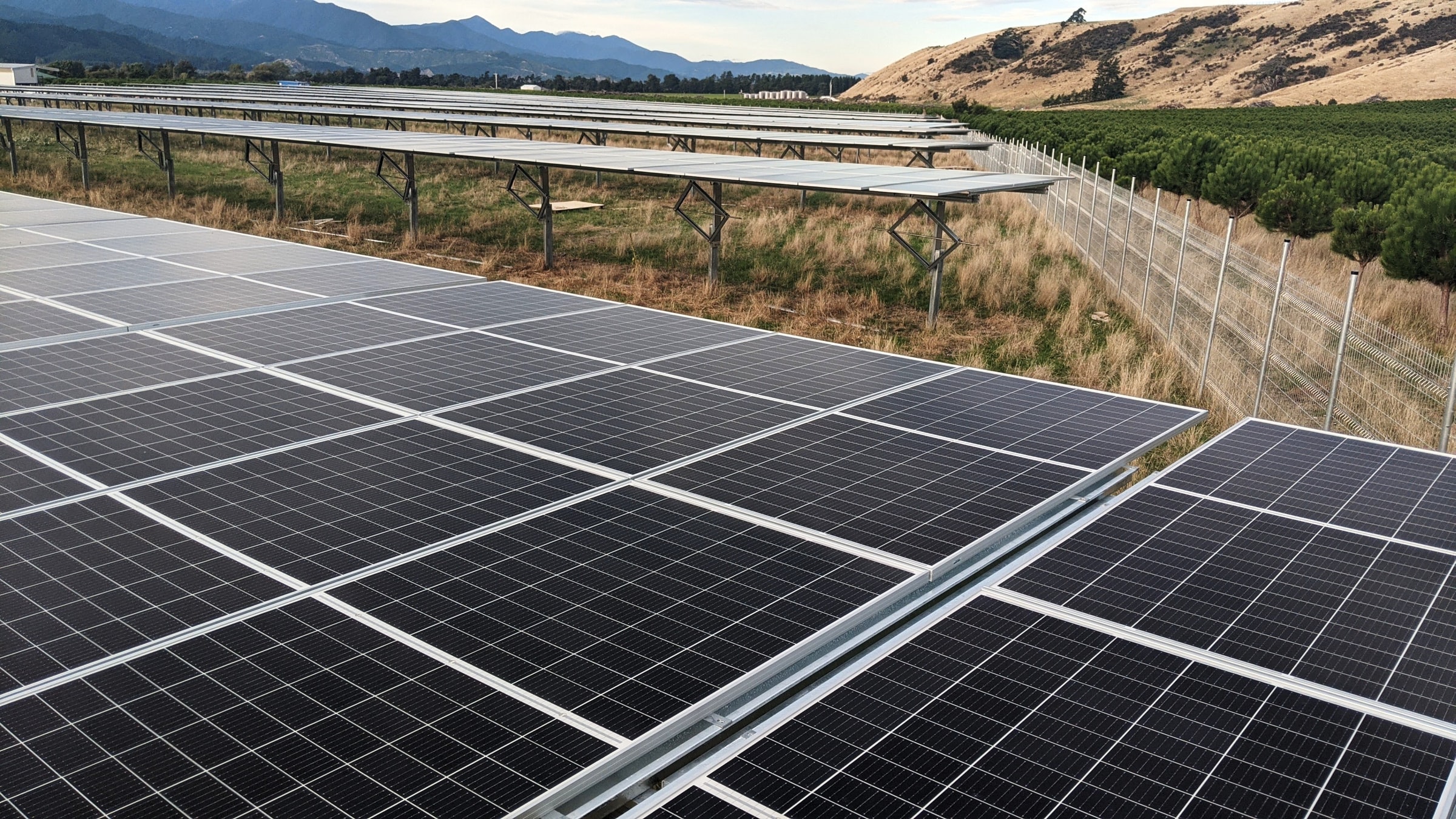Community solar is a rapidly growing part of the solar industry, offering a path to solar savings for those who cannot install solar panels on their own property. The term community solar typically refers to a shared solar PV project which is open to multiple subscribers. For low-and moderate-income households, community solar provides an opportunity to receive all the benefits of solar energy, while removing many of the traditional barriers to entry which could otherwise prohibit LMI energy consumers from saving on their utility bills.
What is the Definition of Low-and Moderate-Income?
Low-and moderate-income (LMI) is a term used to refer to a percentage of area median income (AMI). The U.S. Department of Housing and Urban Development defines ‘very low income’ as 50% of AMI, and ‘low-income’ as 80% of AMI. With regards to solar, both low-income and LMI communities face difficulties in terms of accessing and benefiting from solar energy. For the purposes of exploring these difficulties, they are often considered as one group.
What is Low-and Moderate-Income Community Solar?
The term ‘LMI Community Solar’ refers to those community solar projects which are inclusive of LMI populations, or incentivize the participation of LMI populations. Often, these projects will include specific LMI carve outs, or a number of other incentives intended to stimulate the participation and inclusion of LMI populations.
The Importance of Low-and Moderate-Income Community Solar
Deployment of LMI community solar projects is important for a number of reasons. First and foremost, LMI households have the most to gain from participation because electricity costs make up a significant portion of their household expenditures relative to more affluent households. Additionally, LMI households face more barriers to going solar, such as a low credit score, or an insufficient tax burden to be eligible for the state and federal incentives available for solar. Historically, going solar has required home ownership, a roof in good condition, and a strong credit rating. Those in LMI communities often live in rented accommodation, and have limited access to the necessary capital to go solar. Given these potential barriers for LMI solar customers, it is necessary to implement LMI community solar projects across the country.
Design & Implementation of Community Solar Programs for LMI Customers
There are a number of ways to design community solar programs in order to increase the participation of LMI energy consumers. Below we have examined some of the most common program designs.
- LMI Carve-Out: A fraction of the overall project generation/capacity is reserved exclusively for LMI customers.
- LMI-Only Project: The entire project is developed exclusively for LMI customers.
- Anchor Tenant: Community solar project developers may seek out a single creditworthy nonresidential anchor tenant. This anchor tenant is then subscribed to a large portion of the overall project capacity.
- LMI Participation Incentives: Some states are developing incentives, or expanding existing incentives, for LMI community solar projects & subscribers. For example, a state with a solar renewable energy certificate (SREC) program may offer higher SREC rates for LMI community solar projects.
LMI Community Solar Sites
As with any other community solar project, a wide range of locations may house a community solar project intended for LMI participants. The following are some of the most common sites for LMI community solar projects.
- LMI Neighborhoods: Projects may be sited within LMI communities for a number of reasons, including:
- To increase visibility of the community solar model.
- To increase the sense of ownership in the local community.
- To engage local communities through volunteer labor positions, or traineeships.
- Brownfields: Repurposed urban contaminated sites, such as landfills or mines, may be used for community solar gardens.
- Public/Donated Land: The overall cost of the project could be reduced through the use of public or donated land.
- Rooftops: The community solar PV array could be situated on the rooftops of multiple affordable housing units, or mixed income housing developments.
- Up-Front Costs
- On-Bill Financing: Customers pay a subscription fee through recurring payments on their utility bills.
- Lower Interest Rate Loan for Large Up-Front Payment: In certain states, LMI customers may be able to access lower interest rates under special loan programs. Those LMI customers who are eligible for such loans could use the money to subscribe to a community solar project requiring an upfront payment.
- Prepaid Subscriptions: Prepaid subscriptions may use external funding, provided via state funds, grants, or other means, to cover the upfront payment for a community solar subscription. With this approach, the LMI customers would be subscribed to the community solar project for a set period of time, and receive credits on their utility bills for the duration of the prepaid subscription.
- Billing & Credits For Subscription
- Utility Billing & Crediting: Often, billing & crediting relating to a community solar subscription will occur on the customer’s existing utility bill, whether or not the customer is from an LMI household.
- Payment to Third Party & Utility Bill Credit: Another option is to pay a third-party developer for a share of the community solar project through a separate billing mechanism, while receiving bill credits via the utility in return.
- Payment & Crediting Through Building Owner/Aggregator of LMI Subscribers: If residing in a master-metered building, LMI customers typically cannot be billed & credited directly for a community solar subscription. In this scenario, the building owner may act as the subscriber on behalf of their tenants. In some states, direct bill crediting may be an option where tenants have individual meters.
- Incentives to Developers
- Grant Funding: A number of states currently provide, or are planning to provide, grant funding for LMI community solar projects.
- Community Reinvestment Acts: As a way to fulfil Community Reinvestment Act (CRA) obligations, some banks may invest in community solar projects and donate the shares to LMI customers.
- New Markets Tax Credit: The New Markets Tax Credit (NMTC) provides a tax credit of 39% of the qualified equity investment made, realized over a 7-year period. The NMTC is applicable to investments in business/economic development projects situated in census tracts where the poverty rate is at least 20%, or median family income does not exceed 80% of the area median income.
- Avoid Customer Skepticism: In order to avoid any doubt or skepticism on the customer’s behalf, messaging should clearly convey the benefits & costs of community solar. Useful information includes:
- Current electricity costs
- Subscription cost
- Value of bill credits
- Audience-Specific Messaging: Speaking the language of the local LMI community and delivering promotional material in that language is key to effective communication. Messaging efforts should concentrate on local media outlets frequently used by the LMI customer base.
- Localized Messaging & Pilots: Different messages may be effective in different contexts, so it could be useful to run pilot programs in specific areas and review the success of those pilot programs in order to refine future messaging.
- Utilities: Utilities have access to a wealth of customer information and are capable of estimating customer energy burdens quickly and accurately.
- Solar Developers: Solar project developers are able to offer guidance in terms of customer acquisition, even if the guidance must be tweaked slightly for the LMI context.
- NGOs/Community Groups: Working with NGOs or community groups, as opposed to a utility company, could help to overcome customer skepticism. Additionally, community groups likely already have established relationships with LMI households, allowing for easier outreach in terms of both education and acquisition.
- Existing LMI Programs: Working with existing LMI community solar programs can be an effective way to raise awareness and make use of existing outreach materials as a means of reducing subscription fees.
- Manhattan
- Brooklyn
- Queens
- The Bronx
- Staten Island

Financing LMI Community Solar
Effective financing mechanisms are essential for the successful development and deployment of community solar for LMI households. Below are some common approaches used to best finance LMI community solar at every stage of a project.
Communication Strategies for LMI Community Solar
A key instrument in the growth and further deployment of LMI community solar will be effective communication. Educating and informing communities as to the benefits of community solar in a straightforward, transparent and, informative manner will be vital for the development of LMI community solar moving forward.
Effective partnerships between LMI communities and all other parties involved in the development and implementation of community solar programs are also a key aspect of the overall process.
The Pitkin Project: New York Community Solar
The Pitkin Project is a YSG Solar community solar project, located in East Brooklyn, which is now open to residential subscribers from all five New York City boroughs. If you’re a residential energy consumer living in any of the five boroughs below, you are eligible to subscribe to the Pitkin Project and start saving on your utility bills right away:
To learn more about the Pitkin Project just give us a call at 212.389.9215 or send an email our way. You can even sign up quickly and easily via the EnergySage Community Solar Marketplace—just follow this link to read all about it.
Check out our short video below to learn more about the Pitkin Project and New York City community solar in general.
Find The Right Community Solar Project For You
If you’re interested in a community solar subscription, then reach out to YSG Solar today. YSG will identify the ideal community solar project for your unique needs and guide you through the entire sign-up process from start to finish to ensure the biggest utility bill savings each and every month. To get in touch, send us an email or call at 212.389.9215.
YSG Solar is a project development vehicle responsible for commoditizing energy infrastructure projects. We work with long-term owners and operators to provide clean energy assets with stable, predictable cash flows. YSG's market focus is distributed generation and utility-scale projects located within North America.
Sources:
All information provided in this article is courtesy of the National Renewable Energy Laboratory’s report, ‘Community Solar 101’, which is linked below. Any statistics, figures, or other pieces of information used in this article are correct as of the publication date of the report, but may have changed since.
https://www.nrel.gov/docs/fy20osti/75982.pdf
Featured Photo by Thomas Coker on Unsplash.

